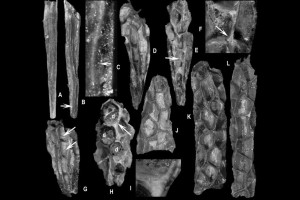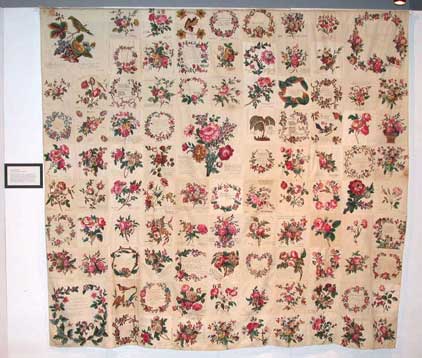affiliates in the news: week of July 5
Congratulations to these Smithsonian Affiliates making headlines this week!
Louisiana State Exhibit Museum (Shreveport, LA)
The Louisiana State Exhibit Museum could have become a dusty cultural backwater in the shade of the occasional State Fair Ferris wheel, a place toured only by the occasional class of schoolchildren. But Forrest Dunn had a grander mission in mind… Read More
Georgia Aquarium(Atlanta, GA)
Scientists at the Georgia Aquarium and Emory University are teaming up to produce the first genome of the whale shark, bidding to catalogue the DNA of a fish that long has puzzled researchers…Read More
Museum of Flight (Seattle, WA)
As one of a dozen major museums across the country vying for the opportunity to house one of three space shuttles that NASA is putting out to pasture, the Museum of Flight is sprucing up the place to bolster their claim…Read More
Buffalo Bill Historical Center (Cody, W)
The Buffalo Bill Historical Center has been awarded $200,000 from the National Endowment for the Humanities for its “Papers of William F. Cody” project…Read More
New York State Museum (Albany, NY)
New York State Paleontologist Dr. Ed Landing is the lead author of an article published in the June issue of “Geology” that provides the first definitive proof that all major animal groups with internal and external skeletons appeared in the Cambrian geological period…Read More
Museum of the Rockies (Bozeman, MT)
Tooth marks found on the humerus of a plant-eating dinosaur found in Mongolia shows that a large tyrannosaur deftly removed the meat from the 0.9-metre-long bone, yet the rest of the skeleton showed no sign it had been attacked by a predator…Read More









